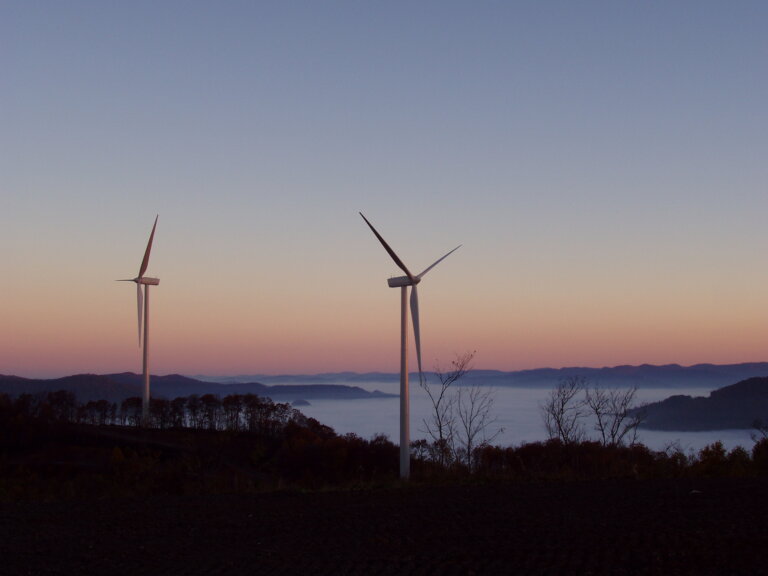January 8 NEC Energy News
¶ “Blackstone Infrastructure Invests $3 Billion In Invenergy For Renewable Energy Development” • Blackstone Infrastructure Partners entered into an agreement with Caisse de dépôt et placement du Québec and Invenergy for an investment of about $3 billion in Invenergy Renewables Holdings LLC for renewables development. [North American Windpower]

¶ “Paris, Berlin ‘Agree To Disagree’ On French Push To Label Nuclear Energy Green” • Germany and France have “agreed to disagree” on the EU’s move to label nuclear energy as green, German Europe Minister Anna Luehrmann said. She denied any conflict between two on the issue. France favors nuclear power; Germany is adamantly opposed to it. [France 24]
¶ “Offshore Wind Catches Fire In Empire State While Others Fiddle” • In the race for offshore wind energy, New York is not messing around. The Empire State launched a new $500 million investment program aimed at taking the title of Offshore Queen, as announced by Governor Kathy Hochul during her State of the State address this week. [CleanTechnica]
¶ “US Wholesale Electricity Prices Higher In 2021 From Higher Natural Gas Prices” • Average wholesale prices for electricity at major trading hubs in the US were higher in 2021 than in 2020 as higher costs for fuels, especially natural gas, pushed electricity prices higher in the second half of 2021. Cold weather also raised costs in February 2021. [CleanTechnica]
¶ “Companies Partner to Bring Energy Access To 20,000 People In Rural South Africa” • Three companies joined for financial closure on Africa’s second largest project-financed mini-grid. The investment will fund eleven mini-grids in Lesotho with a total capacity of 1.8 MW and provide first-time electricity access to 20,000 people. [Renewable Energy Magazine]
¶ “Could Crushed Rocks Absorb Enough Carbon To Curb Global Warming?” • The goal of ocean alkalinity enhancement is to accelerate the carbon-absorbing weathering of rock, which naturally occurs as rainfall washes over land into waterways and eventually the ocean. If it works, it could provide a tool to draw down CO₂. [National Geographic]
For more news, please visit geoharvey – Daily News about Energy and Climate Change.
